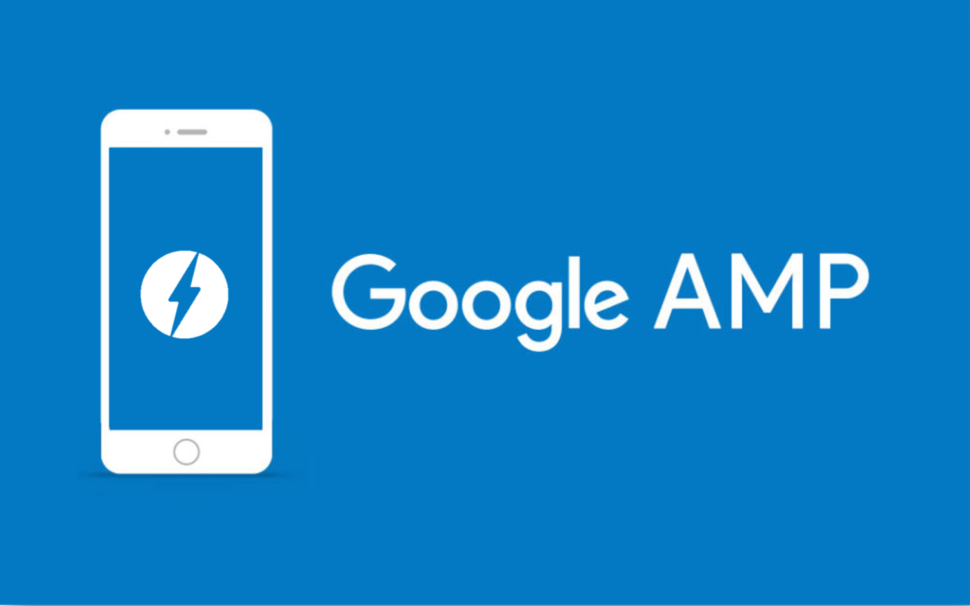Accelerated Mobile Pages (AMP) is a Google-backed project for a path to better user experience online, making sites load almost instantly on your mobile device. You may have noticed the AMP symbol (the lightning bolt, see below) on some search results when you search a term in Google on your phone. That AMP symbol tells you that that page has been AMPed and is mobile-friendly.
While AMP favors function over fancy design, this project was designed to accommodate the ever-growing amount of people that interact with websites on their mobile devices. However, what will site developers lose or gain from using AMP on their sites?
Google describes AMP as a project that will make interactions with websites “better for all.” Including webpages and ads, AMP is very customer-focused, making load time almost instantaneous, which any user will love when performing searches.
AMP pages are simpler versions of full web pages, so subsequently there are limited capabilities. For one, HTML is limited in what you can do, and any fancy design you put on your site is stripped down to a basic, mobile-friendly version, with a content focus and a simplified UX.
In keeping with a better user experience on mobile, when you enter your search term and the result comes up in Google, those first results that come up are more likely than not going to be those web pages that use AMP. This especially applies to news and publishing sites; if you want to come up as a top result, then it is definitely time to consider implementing AMP on your site.
How to begin? Well for any article, you will need to retain two versions of that page: the original and the AMP version. From there, changes will need to be implemented regarding CSS, images, and videos. Take a look at some of these detailed guides below on how to get started with using AMP on your site:
Get started with your first AMP HTML page
This page gives you a template for getting started with AMP HTML from the AMP Project site. They recommend saving this into a file with the .html extension for easy access and use.
This quick guide highlights plugins, steps to follow, and using Yoast on an AMP site in WordPress.
How To Get Started With Accelerated Mobile Pages (AMP)
Read this for another, a little bit longer, guide to AMPing your site. This article includes ads and analytics on AMP sites.
This is a guide straight from the AMP Project site on how to get started with your AMP site.
With AMP’s push toward a more user-friendly online mobile experience, businesses must keep up in order to stay at the top of Google’s search pages and rankings. Providing a mobile-friendly user experience on your website is key now, especially with more and more Google searches being performed from a mobile device. Having a good UX is better for consumers as well as businesses from a rankings standpoint, so keep the mobile in mind when it comes to your website.
Need help creating a website that is mobile-friendly? Contact Robb Digital to help you improve your ranking and stay on top.

